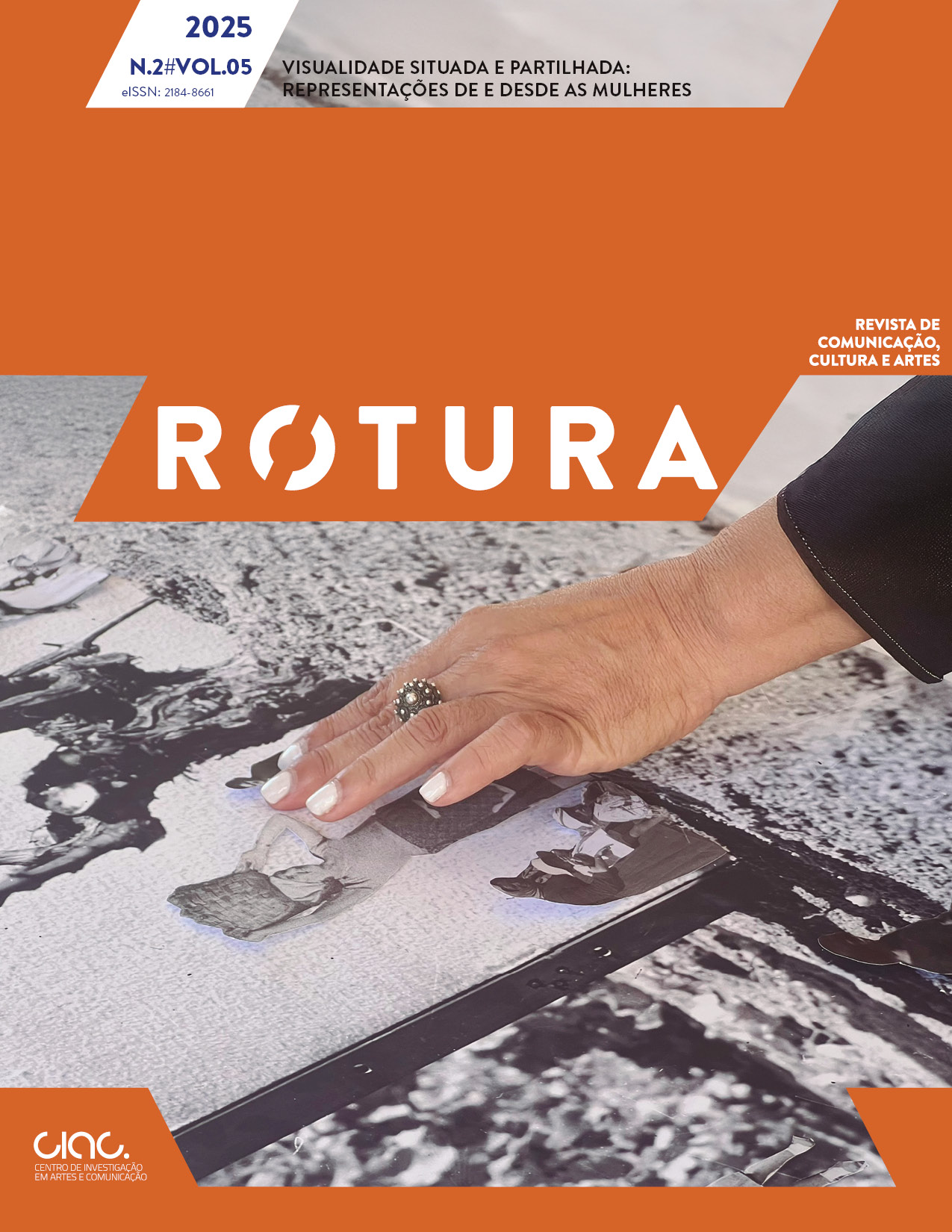Male Gaze and Female Gaze in the music industry. Analysis of the MTV Music Awards Song of the Year winning videos
Resumo
The article examines the evolution of gaze in music videos that won the MTV Video Music Awards (VMA) for Best Song of the Year in two historical periods: the channel’s founding period (1984–2000) and contemporary production (2020–2024). The objective is to identify continuities and transformations in the way audiovisual gazes are configured to mediate the representation of female artists. The corpus consists of ten music videos selected for their media relevance, organized in a comparative manner between the two blocks. The methodology used is content analysis, supported by an observation matrix that allowed for the systematization of narrative, aesthetic, and symbolic elements in the productions studied. The results show that in the first stage, the male gaze predominates, with music videos that reproduce patterns of sexualization and subordination of women, associated with a visual logic centered on objectification and male desire. In contrast, in the contemporary period, expressions linked to the female gaze emerge, with a greater role for female artists in the construction of their narratives, which allows them to make their own experiences, emotions, and subjectivities visible. However, these transformations do not imply a total break: elements inherited from the male gaze persist, and the music industry continues to operate under market dynamics that condition the diversity of bodies, identities, and aesthetics represented. The study concludes that the VMAs function as a space of high cultural visibility where the female gaze is presented as a transformative alternative, although still constrained by exclusionary media and commercial structures.
Downloads
Direitos de Autor (c) 2025 Galo Vásconez Merino, Astrid Aguagallo Suárez, Rommina Mikaela De la Cruz Cruz, Antonella Carpio Arias

This work is licensed under a Creative Commons Attribution-NonCommercial-NoDerivatives 4.0 International License.
Artigo aceite em 2025-07-16
Artigo publicado em 2025-09-29


















